Buying Records – The Labels, Microgroove, Dynagroove, 360 Sound – 1963
In the era circa 1963/1964, the Compact Disc was still in the future (like 1984 and only beat that bleak year into existence by a few months) and cassettes were yet to be invented, although there were some exotic tape players on the market with spools of sound. We, the record buying public, relied mainly on thick black vinyl discs all going around on a fantastic array of turntables at 33rpm or 45rpm.
Record labels in the 1960s evinced a far more dynamic existence; that was modern, contemporary, the latest in technology and we were part of it, although now it is all so retro. Columbia invented the LP or long playing record in 1948 beating RCA Victor to market. All record companies boasted special proprietary characteristics recommending their LPs as the technological edge in a competitive environment. Columbia proclaimed its 360 Sound with its easily recognisable ‘Walking Eye’ logo.
Capitol Records promoted its records as having High Fidelity. Other labels also pushed the technology button.
And some just depended on their stars or their track record.
RCA Victor, although relatively slow to adopt the LP format, followed the market trend, promoting itself as the most trusted name in music – almost as grand as EMI which boasted that it was the greatest music recording company in the world. Advertisements appeared in Billboard Magazine promoting RCA’s amazing Dynagroove technology as an immediate competitor to other labels using the “standard” Microgoove recordings.
Decca, on its classical recordings boasted of the Decca Long Playing Full Frequency Range Recording (ffrr), a technology developed during WW2 for detecting and cataloguing German submarines.
Information on the back covers of LPs provided audiophiles with advice on the recommended settings for listening. On the back covers of World Record Club albums, on the “Control Guide For Settings”, listeners could mark their preferred settings for treble, base and stereo balance. The record industry was very motivated by its customers, and aside from being all about the music, it was all about the money.
Buying a record was a bit like choosing a new motor car – what to buy – don’t know, let me tell you – Ford, Holden, Chrysler, the Vauxhall Victor (you must be crazy) – which had better handling capability, or ultimately, what brand of petrol or oil should you buy? Esso recommended that you “Put a Tiger in your tank”, Mobil had the red winged Pegasus and of course there was the majestic fat yellow ram of Golden Fleece! Shell, Ampol, Total, BP – all vied for your custom. And the record buying public was also getting used to the marketing hype.
Moving into the 1960s, label advertisements moved from pushing the new technology to the artists themselves as it was accepted that everyone was familiar with the LP. And then the new gadgets to play the LP led to the fast development of a large range phonograms, radiograms, and record players. With the advent of tape recording, new tape recording and playback machines also flooded the shops. Life was pleasant just look at the nice colour advertisements of the day. Sunny smiles all around. Most homes could afford to buy a player depending on their budget. And the market catered for modestly priced units to the more expensive and high end monsters. Check out the Spring specials advertised in Billboard in February 1963.
Large page spreads in Billboard for the generation’s stars was common. Elvis and the Beachboys were all the rage in the USA in early 1963, along with Duane Eddy.
Nothing much has changed since other than the faces and the voices. And so it was all “fun fun fun til her daddy takes the T-bird away…whooeeooh”.
Well not quite. The record buying public is still out there and making quite a splash. There has been a significant increase in the number of records being made and purchased, noting the CD made the LP obsolete back in 1983. And today I am the proud owner of a brand new copy in bright pink vinyl of a 1963 master piece – The Pink Panther – Music from the film score composed and conducted by Henry Mancini. The LP is on RCA Victor LSP-2795 STEREO on Dynagroove (limited edition No 0263). Cool!
For the record, the 50th Anniversary of The Pink Panther – Music from the Film Score Composed and Conducted by Henry Mancini was commemorated with the release of a limited edition, individually numbered 12″ PINK VINYL LP created for Record Store Day 2014, celebrated at independent record stores worldwide on Saturday, April 19, 2014. Mancini’s indelible “Pink Panther Theme,” first heard in the archetypal ’60s crime caper comedy starring Peter Sellers and directed by Blake Edwards, is, in the current digital era, the #1 most-streamed song in the entire Sony Music catalog. The original Pink Panther soundtrack album was given a Grammy Hall of Fame Award in 2001 and is being expanded for a 2014 50th Anniversary Edition to include bonus material.
Just to remind you of the very cool and jazzy theme, listen in one more time.




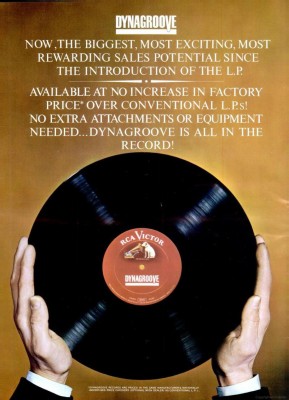
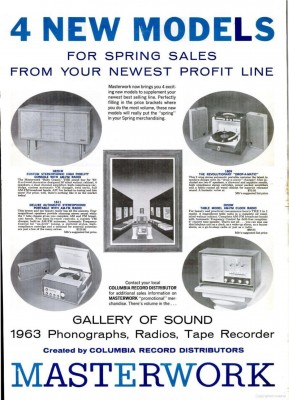
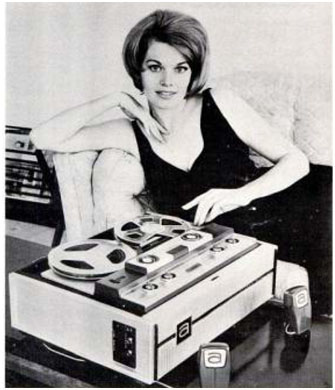
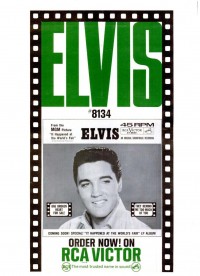

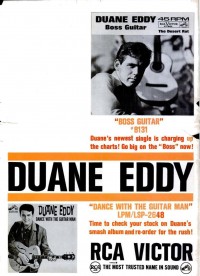
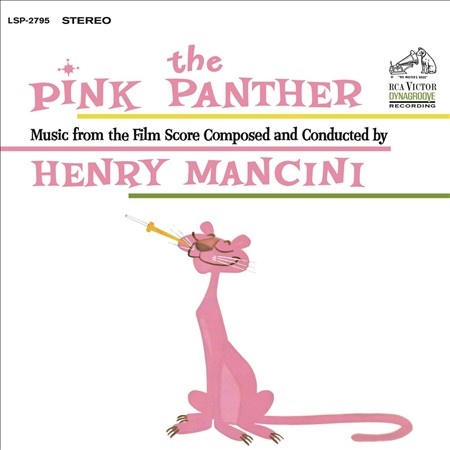
Leave a Reply